The Provocative in Japanese Photography
With one of the most exciting and varied histories of the medium, Japanese photography is characterized by the unique aesthetics that could be described as provocative, grim and raw. Spanning all genres of the medium, it only gained world’s attention in the past twenty-five years. Continuously breaking new ground since the invention of the medium, Japanese photographers displayed extraordinary diversity in style, technique, and philosophy. Years after the Second World War were seminal and transformative, as they developed a unique visual language that reoriented modern culture of the nation. Shaped by bold photographers who used the form in an unconventional way, this period became one of the highest points of innovative camera work in the twentieth century. Through conceptual precision and visual ingenuity, these photographic practices helped lay the foundation of Japanese contemporary art.[1]
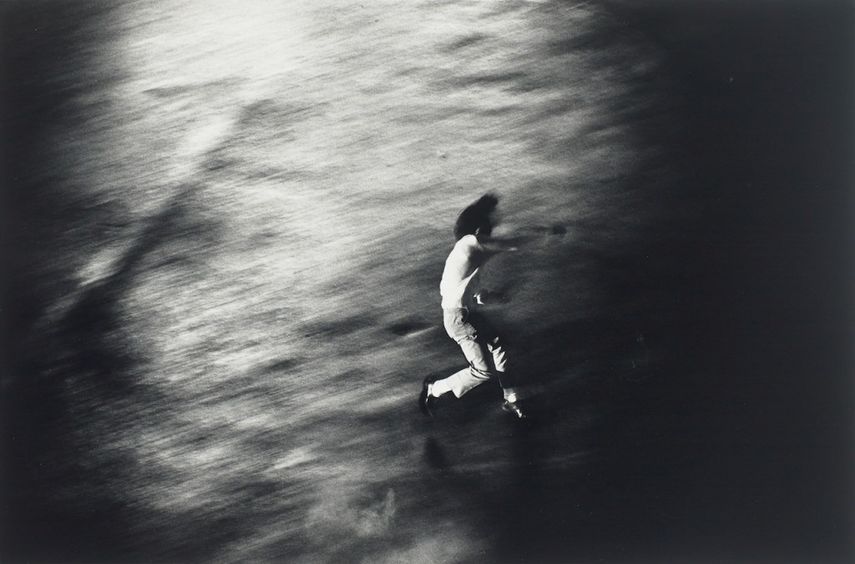
The Year Zero
The turbulent year of 1968, when an economically prosperous postwar Japan was embroiled in protests against the Vietnam war, is often referred as “year zero” in contemporary Japanese art. In a society which changed radically during the 1960s, many artists and photographers started exploring different ways to reflect the significant cultural revolution that was on the way. The camera turned out to be a crucial and versatile tool for this mission, acting as a mirror to the new Japanese society. A certain tension between photography as a document and as an expression could be felt, and years after 1968 brought the paradigm shift. Photography flourished as a powerful medium of expression to explore its practitioners' subjective experience of Japan’s postwar reality. [2] The radical Japanese magazine Provoke: Provocative Materials for Thought was the place where all of these issues were articulated. Founded by influential photographers Daidō Moriyama, Yutaka Takanashi, Shōmei Tōmatsu, and Nobuyoshi Araki, critic Koji Taki and writer Takahiko Okada, the magazine introduced the defiant, raw aesthetics of the avant-garde that defined a new era of Japanese photography.
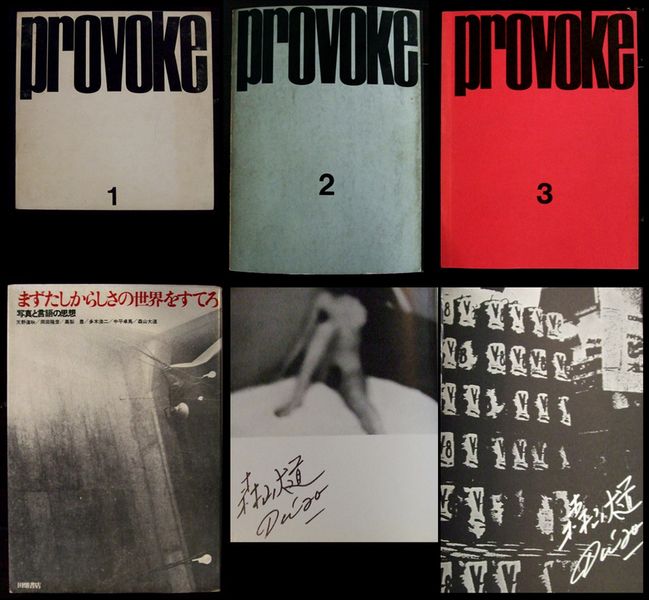
Provoke Magazine: The Paradigm Shift
By the end of the 1960s, there were many mass protests organized against institutional bureaucracy and the Vietnam War, but also the forthcoming renewal of the US-Japan Security Treaty and the opening of the Expo ’70 in Osaka. The political tension and violence also reflected the photographic practices of the period. Many anti-establishment protest books and publications designed for mobilization emerged, and their visual style served as an inspiration for an experimental small press photo magazine named Provoke. Although all of the founders of Provoke were politically active, they realized that the possibilities of protest imagery had been exhausted and felt it could no longer bring about political change. Advocating a new image-based language that would reflect the complexities of the period, Provoke presented “a platform for a new photographic expression”, that was supposed to “free photography from subservience to the language of words”, “that stood in opposition to the photography establishment”.[3] Thus, they rejected traditional documentary modes and narratives, creating a new visual language that generated no fixed meanings. With its signature “grainy, blurry, out-of-focus” style (are-bure-boke), it trashed the glossy appeal of commercial photographs and precision of European-style photojournalism. It featured strikingly innovative graphic design, with images laid out in sequence, pithy text and image combinations, and the interplay of materials chosen for their cheapness – rough paper, low-resolution printing – with fold-outs and unusual formats. These photographers worked spontaneously, often photographing without looking through the viewfinder, and processing their images in self-created darkrooms. Despite not publishing images of protests, the magazine invited readers to think for themselves and develop their critical apparatus. From Nakahira’s tilting snapshots of twilight streets of the Japanese capital and Takanishi’s blurry and disorientated photographs of urban streets to Moriyama’s shadowy series of a woman’s bum, the magazine captured the thrilling notion of rebellion. Although it ran only for three issues from 1968-69, it changed the Japanese photography forever.[4]

The Golden Era
The work of Provoke photographers and debates on the pages of the magazine sparked a golden-era of post-war Japanese photography. It also informed the later diverse work of this group of artists that critiqued the American consumerist culture spreading throughout Japan, mediated on the industrialization and modernization of the country’s urban centers and questioned the illusionary nature of photography. Nobuyoshi Araki published a wide range of photobooks, such as the Sentimental Journey from 1971 that presented a visual narrative of the honeymoon with his wife Aoki Yoko. He is famous for unique erotic imagery that sparked both controversies and fascination.[5] With eros and thanatos as central and recurring themes, his work reflects the fascination with female genitalia and subversive themes such as bondage. In the famous Marvelous Tales of Black Ink series, Araki painted directly on gelatin silver prints enhancing the explicitness and playfulness of sexuality in the images. Daidō Moriyama maintained his signature process that involved a small hand-held automatic camera and disregard for the viewfinder. With blurry, grainy, out of focus, starkly contrasted pictures, often unbalanced imagery, he was named the father of street photography in Japan who created brutally honest portraits of Tokyo. The Japanese capital was also the central subject of the practice of Yutaka Takanashi. His 1974 photo book Toshi-e (Towards the City) consisting of grainy photographs, many taken from disorienting vantage points, is regarded as one of the best photobooks of all times. Shōmei Tōmatsu is credited with creating one of the defining portraits of postwar Japan. Focusing on the seismic impact of the American victory and occupation, he created the famous Chewing Gum and Chocolate series. For almost two decades, he toured U.S. military bases across Japan, ambivalently documenting the confrontation between Americans and locals. Other relevant photographers whose work has shaped this golden period were Eikoh Hosoe, famous for his searing, surreal, expressionistic images focused on the human body and the human being, Issei Suda, who has been capturing the art and life in images that show the close connection between the real and the surreal, Kohei Yoshiyuki, best known for his voyeuristic 1973 series The Park, and Masahisa Fukase, known for dark expressionistic images that presented artistic reaction to a country ravaged by defeat.
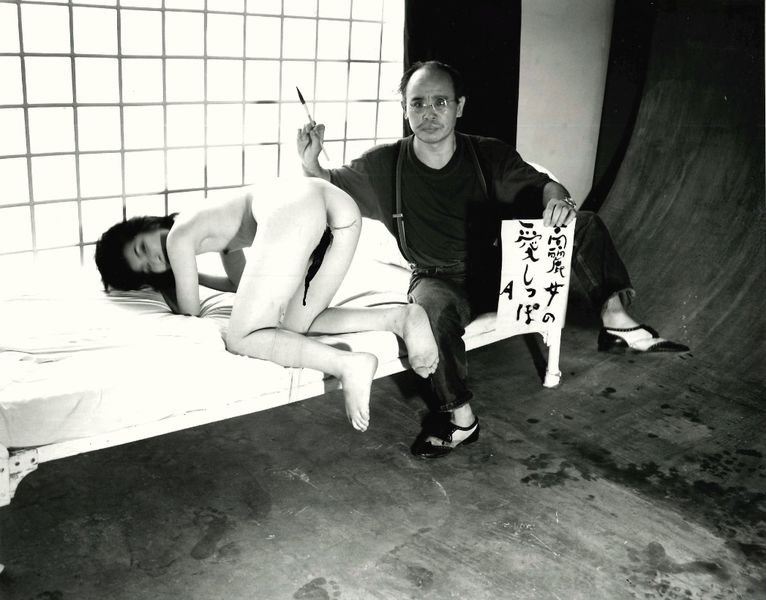
Radical Japanese Photography on view at Le Bal
An exciting exhibition exploring the impact and the significance of the short-lived and revered magazine Provoke is currently on view at LE BAL in Paris. Entitled Provoke, Between Protest and Performance, it provides a cross-sectional analysis of the magazine, its artists, its historical context and its link to the emergence of performative arts in Japan during the 1960s. With 200 works on show, Japan’s most influential photographers, including Daidō Moriyama, Yutaka Takanashi, Shōmei Tōmatsu, and Nobuyoshi Araki, are shown together for the first time. The exhibition brings together a unique collection of "Protest Books" published by student associations, trade unions, professional photojournalists and photographers artists, collective works and performances of artists that marked this period, interviews with Daido Moriyama, Nobuyoshi Araki and Eikoh Hosoe, and several unpublished texts of historians and researchers Japanese, American and European. The exhibition and accompanying book are the result of three years of research and collaboration between four international museums - the Albertina in Vienna, the Fotomuseum Winterthur in Switzerland, LE BAL in Paris and the Art Institute of Chicago the United States and more than forty lenders, artists, collectors, museums, and galleries worldwide.
The Provoke Exhibition
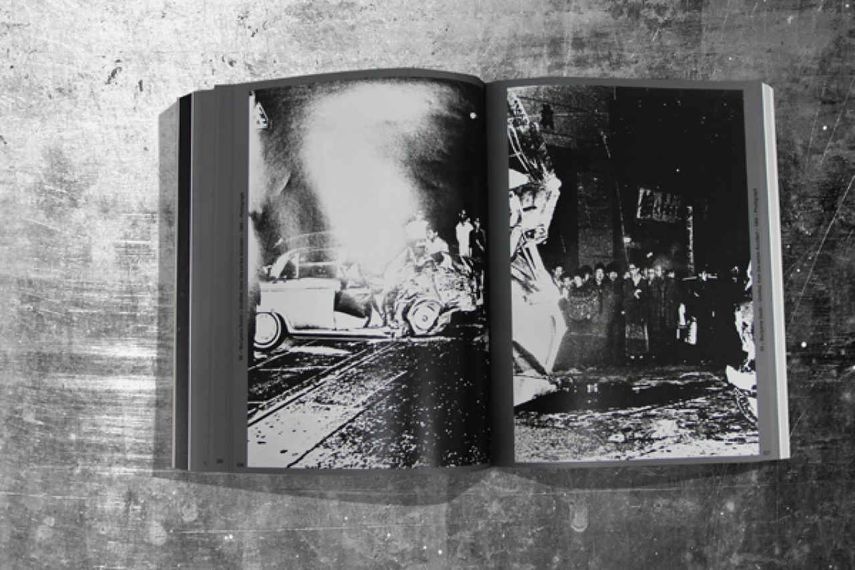

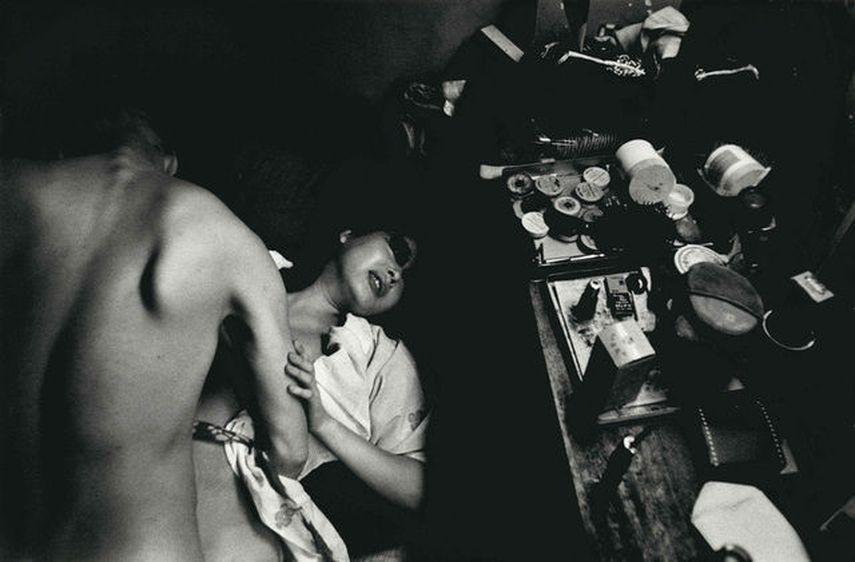
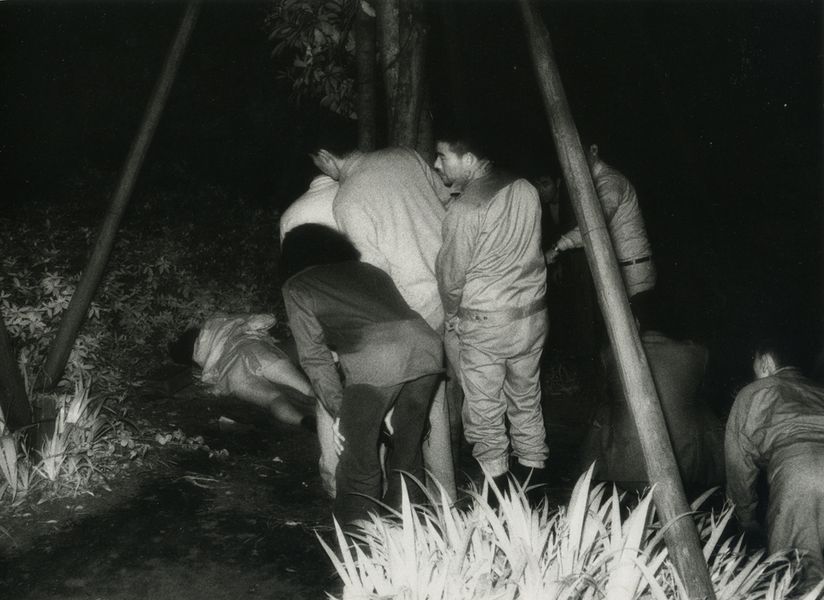
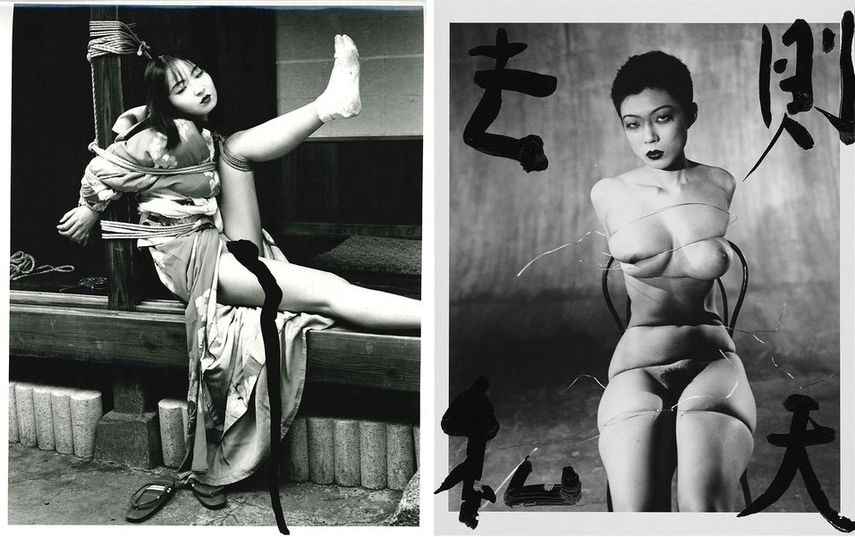
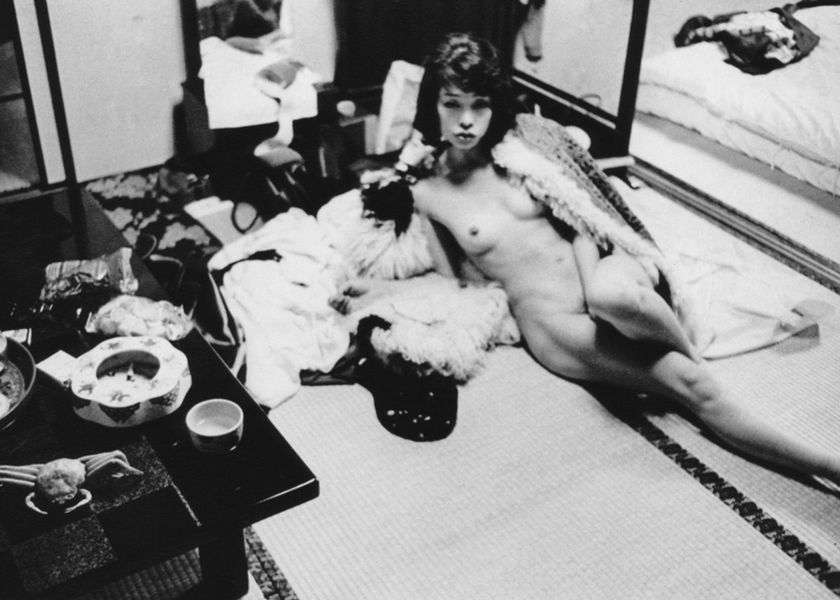
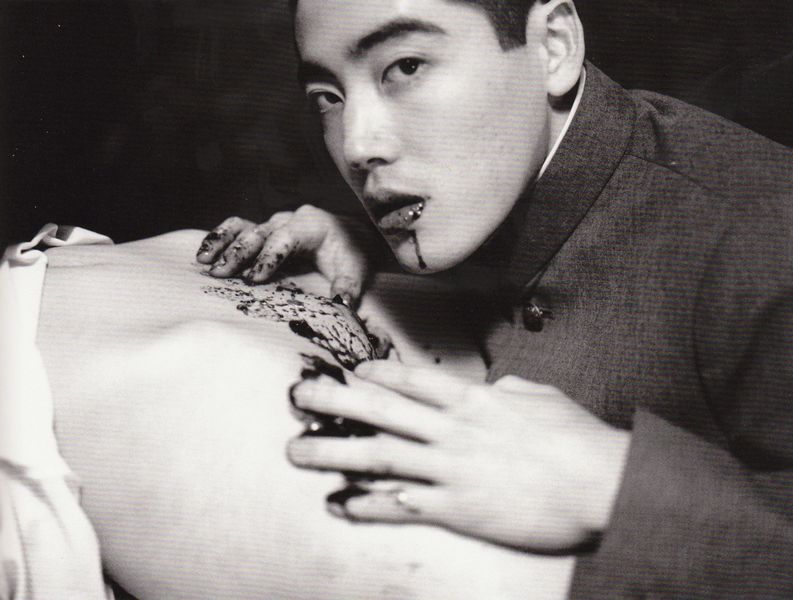

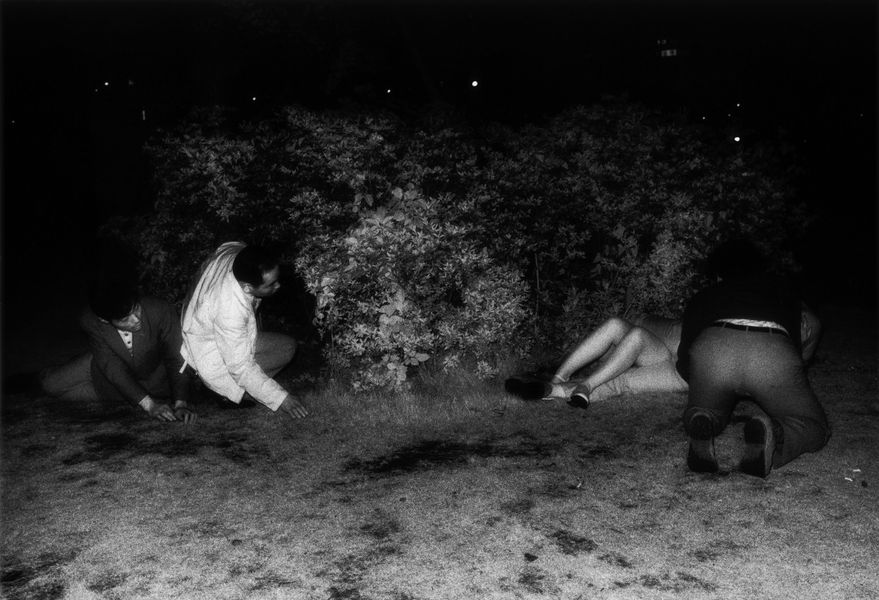

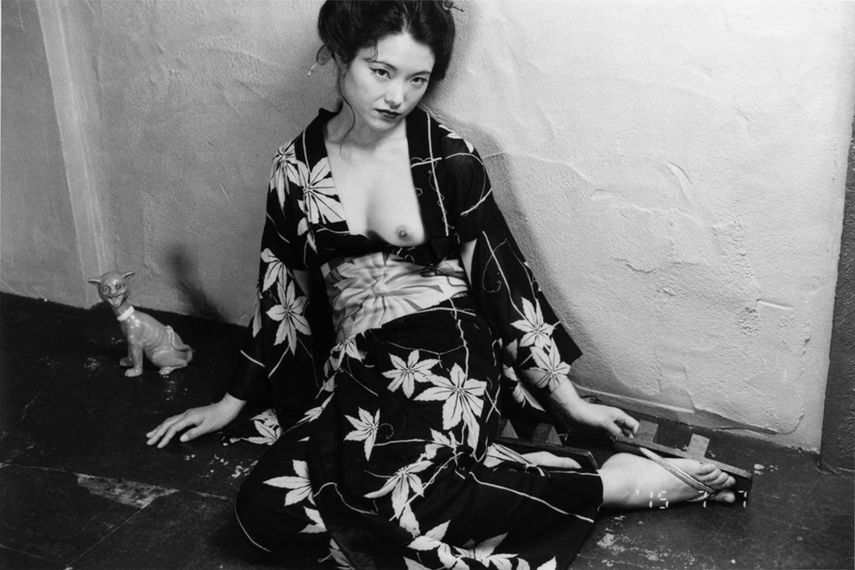
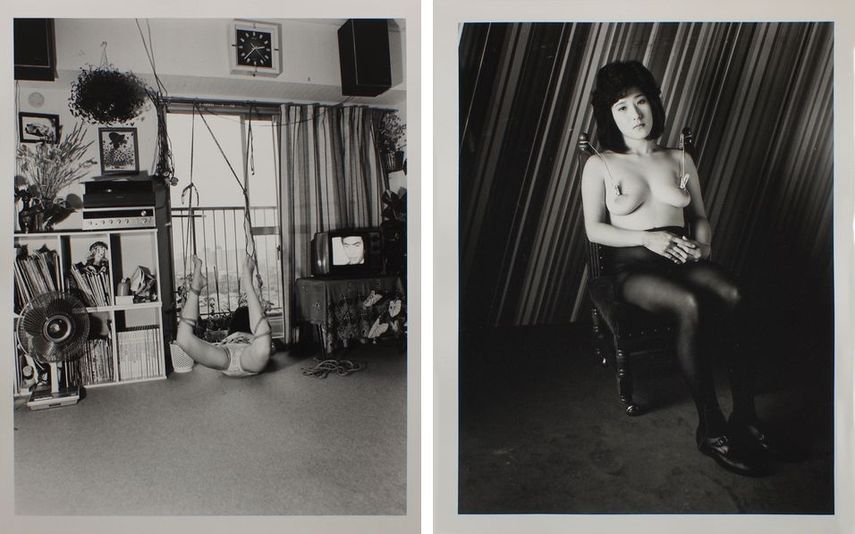

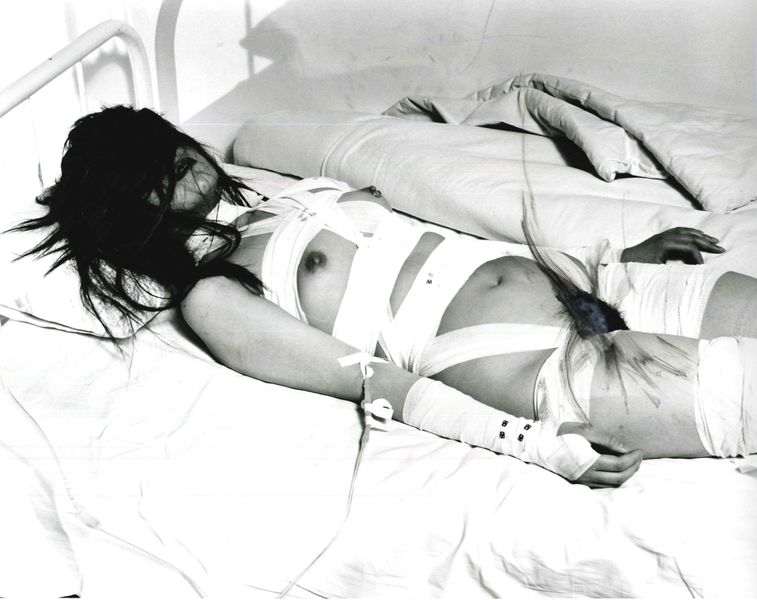

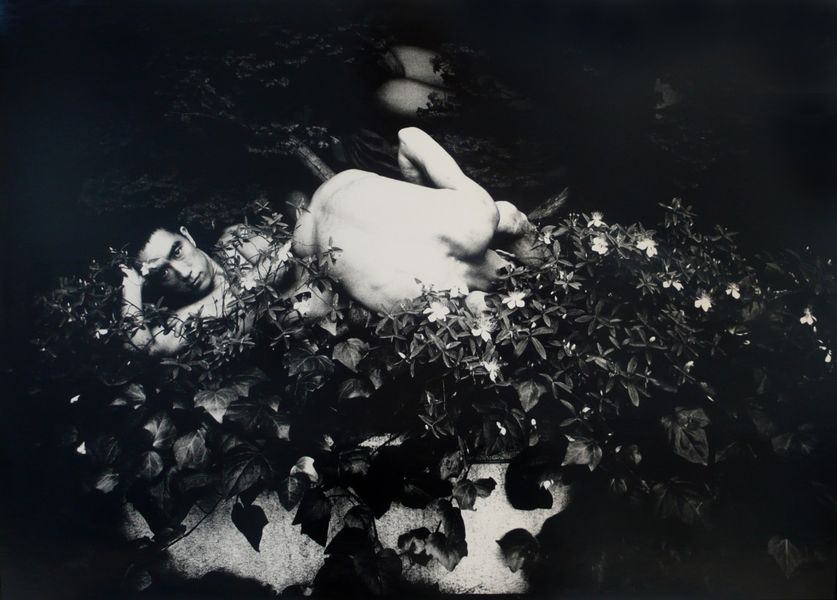
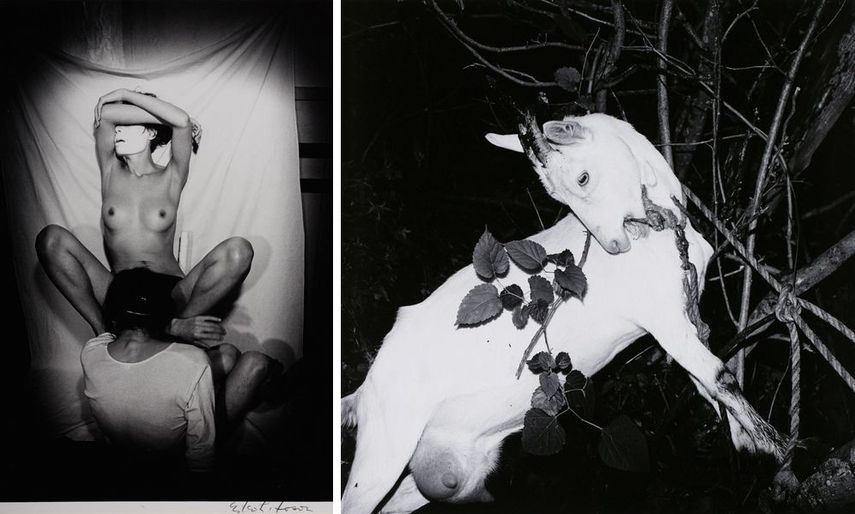

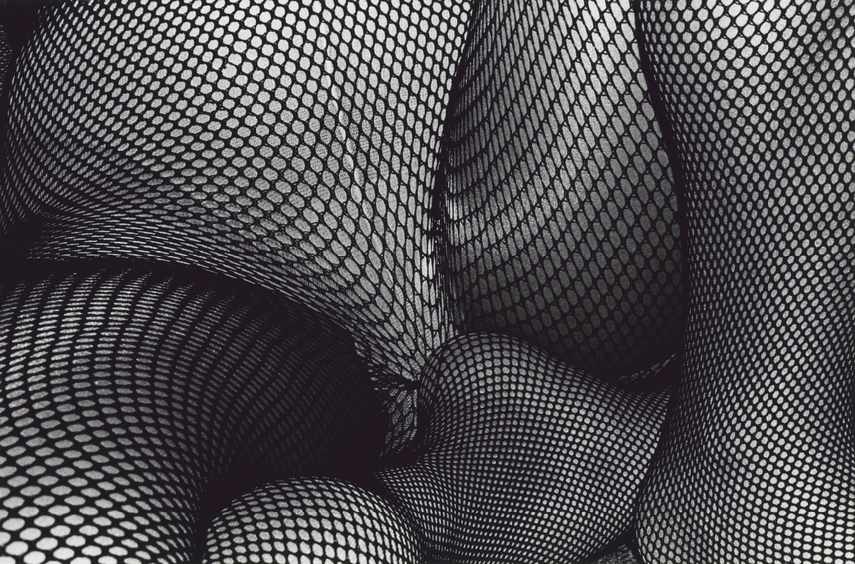
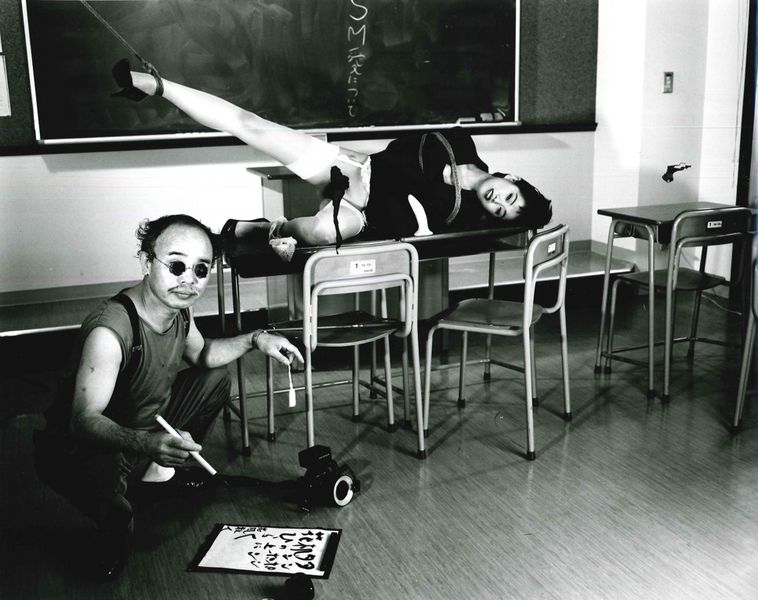
Editors’ Tip: Japanese Photobooks of the 1960s and 70s by Ivan Vartanian and Ryuichi Kaneko
The public profile of the Japanese photography book has recently boomed, from near-complete obscurity to great desirability. And not only for the aficionados. Photobooks that once were entirely unknown outside Japan (except to a few well-informed scholars and collectors) now sell at astronomical prices at auctions and online. And yet the photobook has been central to the development of Japanese photography, particularly in its postwar phase. Japanese Photobooks of the 1960s and 70s may be seen as a culmination of this trajectory and, as such, marks a very exciting moment in photography publishing and in the history of the medium. It presents 40 definitive publications from the era, piecing together a previously invisible histories from some of the most influential works, as well as from forgotten gems, and situating them against the broader historical and sociological backdrop.
References:
- Warren, L. Encyclopedia of Twentieth-Century Photography, Routledge, 2006
- Anonymous. (2016) Experiments In Japanese Art And Photography 1968-1979, Asian Newspaper [September 22, 2016]
- Berner, S. (2016) The mag that captured 60s countercultural Japan, The Dazed and Confused [September 22, 2016]
- Wong, R. (2016) Photography and Foreboding in 1970s Japan, Hyperallergic [September 22, 2016]
- Moshakis, A. (2013) Is Nobuyoshi Araki’s photography art or porn?, The Guardian [September 22, 2016]
Featured images: Tatsumi Hijikata - Untitled, 1969, via artblart.com; Nobuyoshi Araki - Untitled (Eros Diary), 2015, via anothermag. com; Kohei Yoshiyuki - The Park, via the quitefron.com
Can We Help?
Have a question or a technical issue? Want to learn more about our services to art dealers? Let us know and you'll hear from us within the next 24 hours.

